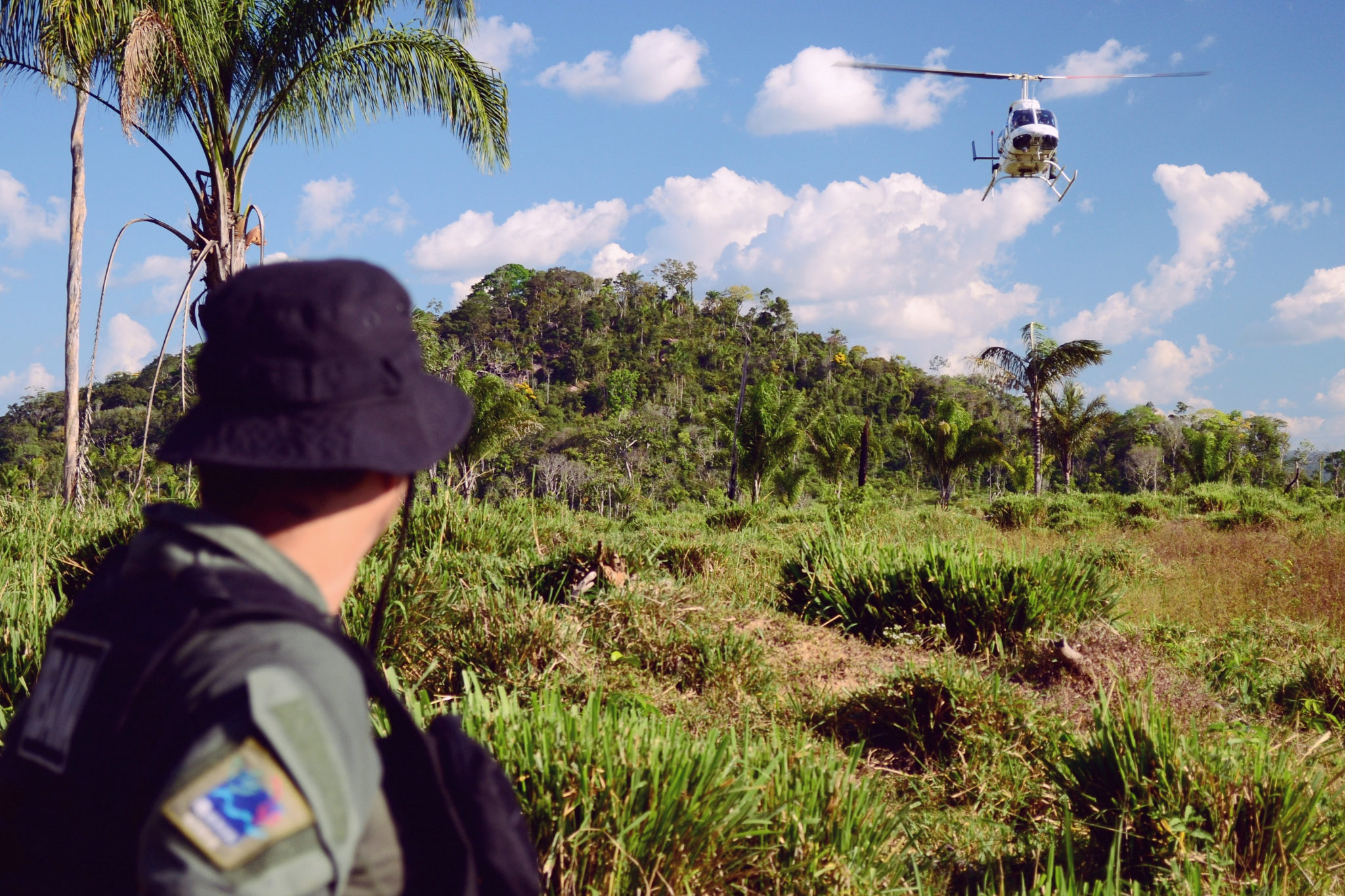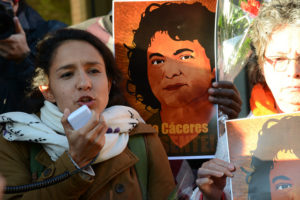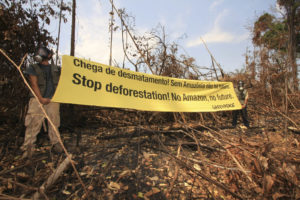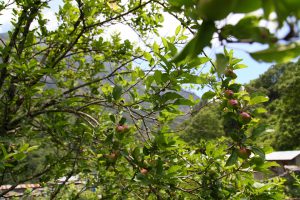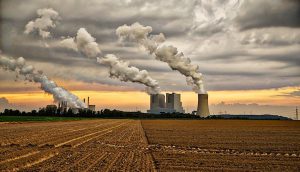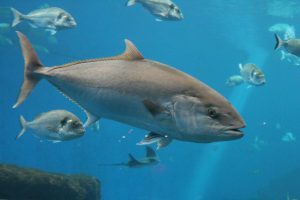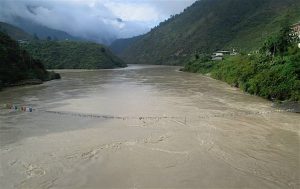At least 200 environmental and land rights defenders were murdered in 2016, making last year the deadliest year on record, according to new figures released today by UK NGO Global Witness.
The organisation’s latest report documents a “crisis” spreading globally as the number of countries in which killings were recorded countries shot up from 16 to 24 last year. Sixty percent of deaths occurred in Latin America, meaning it remains the most dangerous part of the world in which to oppose environmental degradation.
Yet again, Brazil, which has witnessed particularly bloody land conflicts in recent months, had the most murders with 49. Nicaragua (11) has the highest rate of killings per capita and in Colombia, figures hit an all-time high of 37 deaths in a year, the report says.
“These reports tell a very grim story. The battle to protect the planet is rapidly intensifying and the cost can be counted in human lives,” said Ben Leather, a campaigner at Global Witness.
In Asia, resistance to big mining projects in such countries as India and the Philippines has been met with state-sanctioned repression and violence. The former observed a three-fold increase in killings and, at 28, the latter stands out as the most lethal country in the region.
Logging and agriculture, including extensive cattle ranching, are two other main drivers of conflict, the report says.
Peace is dangerous for Colombia
Guerrilla group the Revolutionary Armed Forces of Colombia (FARC) gave up control of swathes of rural territory last year as part of a historic peace process. But as they did so, deforestation and environmental degradation increased.
Deforestation rose 44% year-on-year in 2016 to encompass an area of 690 square miles (around 180,000 hectares) as criminal groups moved into vacated areas and engaged in illegal logging and mining, according to recent figures from the government’s Institute of Hydrology, Meteorology and Environmental Studies (IDEAM).
The Amazonian regions of Putumayo, Caquetá, Meta and Guaviare in the south of Colombia were the worst affected.
“They [FARC] weren’t environmentalists but they did regulate activity, and – since they had the guns – people complied,” activist Susana Muhamad recently told the Guardian. Under their watch, FARC limited deforestation by civilians to 2 hectares per year to maintain forest cover that aided their protection from government forces.
Along with rising deforestation, killings of those defending land and the environment in Colombia have also risen.
“The peace process in Colombia has paradoxically fuelled more violence against those defending their land and environment against destructive industries,” said Billy Kyte, leader of Global Witness’ land and environmental defenders campaign.
Kyte explains that communities return to reclaim lands lost during the armed conflict but now face paramilitary groups, large landowners and criminal gangs eager to profit from Colombia’s rich natural resources.
The Colombian government must promote the rule of law in rural Colombia and make areas safe for communities before promoting environmentally degrading development projects, Kyte adds.
Methodology questioned
Earlier this year, at least one expert questioned Global Witness’ methodology in a special report profiling the situation in Honduras. They argued that it conflated killings of environmentalists and victims of agrarian conflict.
“Global Witness’ report doesn’t stand up to scientific scrutiny,” said José Herrero, vice-president of conservation foundation FUCSA, arguing that the “confusion” of the categories of victim in the report looked to inflate the figures.
Kyte, who was intimidated and threatened with arrest on promoting the report in Honduran capital Tegucigalpa, has defended Global Witness’ data collection methods:
“We compile data on land and environmental defenders – people who defend land or environmental rights. Our definition and criteria for inclusion is and always has been very clear – we don’t just record killings on environmentalists,” he said.
